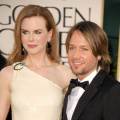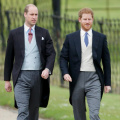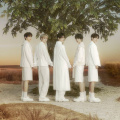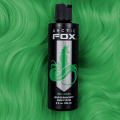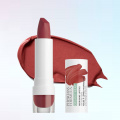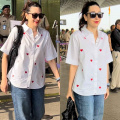NASA captures stunning 'cosmic jewelry' 15,000 light years away; See here
NASA captured an incredible sight: 'cosmic jewelry' shining brightly 15,000 light years away from Earth! This stunning discovery, known as Necklace Nebula, resembles a sparkling diamonds necklace.
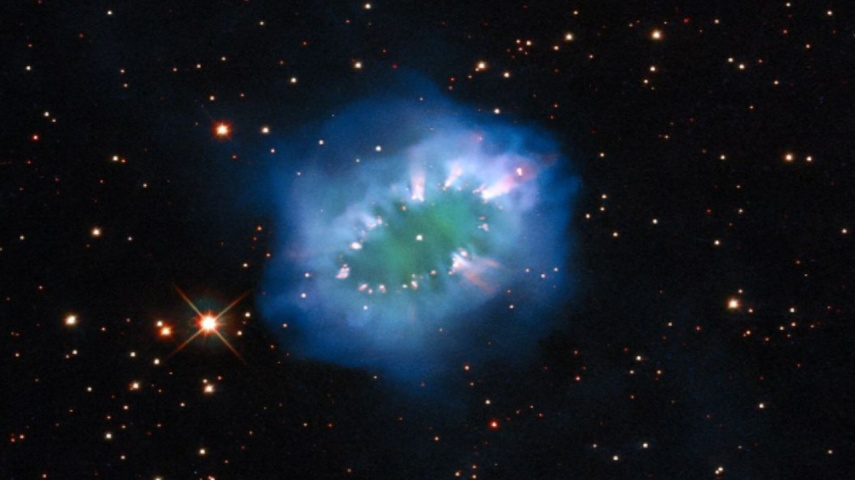
-
NASA captures an awe-inspiring sight - 'cosmic jewelry' 15,000 light years away from us
-
Necklace Nebula, a celestial wonder resembles a shimmering necklace adorned with diamonds
NASA recently shared a stunning image of 'cosmic jewelry' taken by the Hubble Space Telescope. This celestial wonder, which is 15,000 light-years away from Earth, has left many in awe. The space agency's social media post about the discovery has received a lot of attention, showing the public's strong interest in space exploration.
Formation of the Necklace Nebula
NASA posted a picture of the Necklace Nebula. Its name comes from the fact that it resembles a necklace with shiny diamonds. According to NASA, it formed when two old stars similar to our Sun were in extremely close orbit. One star grew bigger and swallowed the other, but the smaller star continued to spin inside the larger one.
"This increased the bloated giant's rotation rate until large parts of it spun outwards into space, and the escaping ring of debris formed the Necklace Nebula, with particularly dense clumps of gas forming the bright 'diamonds' around the ring," according to NASA.
Description of the image
The image shows a small, bright green region of gas in the center, surrounded by a ring of glowing cosmic material. The dense clumps of gas resemble diamonds, contributing to the nebula's enchanting appearance. The rest of the image shows black space with a few bright stars and a couple of small regions of dark red gas.
"Woven from the stardust of nebulae: A cosmic necklace," NASA captioned the stunning image, which provides a poetic glimpse into the vastness of our universe.
Public reaction and engagement
Since being shared on NASA's Instagram account, the post has received nearly 55,000 likes and numerous comments from interested netizens. Comments ranged from awe and fascination to playful comparisons with science fiction.
"That's absolutely beautiful," said one person, expressing a sentiment shared by many others. Another commenter compared the nebula to a lost bracelet in the depths of space, reflecting the creative interpretations inspired by such celestial phenomena.
"This seems like something out of a Star Trek episode," another commenter remarked, pointing out the surreal and captivating nature of NASA's cosmic jewelry.
NASA's ongoing exploration
NASA is always working hard to explore space and educate people about it. They use platforms like Instagram to share a variety of interesting content, such as photos and videos of Earth and space. This encourages more people to become interested in space and learn about astronomy and space science.
The Necklace Nebula is truly amazing and beautiful. It shows that there are still so many exciting things to discover out there in space. NASA is constantly exploring and revealing new discoveries, leaving us astounded by the wonders of the universe.
ALSO READ: Who was Paul Alexander AKA 'Polio Paul'? Man who spent 70 years in iron lung passes away at 78





 JOIN OUR WHATSAPP CHANNEL
JOIN OUR WHATSAPP CHANNEL




